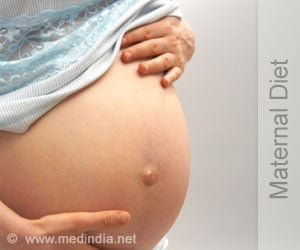A new study could help physicians determine when, and how, to treat bone loss in women as they near menopause before that bone loss causes significant health issues.

‘Women nearing menopause can use the levels of the anti-Mullerian hormone, or AMH to determine if they are experiencing, or about to experience bone loss.’





“To be able to intervene and reduce the rate and amount of bone loss, we need to know if this loss is imminent or already ongoing,” said the study’s lead author, Dr. Arun Karlamangla, a professor of medicine in the division of geriatrics at the David Geffen School of Medicine at UCLA.Women experience significant bone loss during the menopause transition, a roughly three-year window that brackets the final menstrual period and is accompanied by other symptoms such as irregular menstrual cycles, hot flashes, and mood and sleep disorders. Levels of the AMH decline as a woman’s final menstrual period draws closer.
To explore more, researchers examined data from the Study of Women’s Health Across the Nation, or SWAN, a multisite, multi-ethnic study examining the changes women undergo during the transition to menopause.
They found that 17% of premenopausal women age 42 or older will have lost a significant fraction of their peak bone mass within two to three years of the date a physician makes the prediction.
But among those with less than 50 picograms of AMH per milliliter of blood, nearly double the percentage, 33%, will have lost a significant fraction of peak bone mass in the same timeframe.
Advertisement
But among women in early perimenopause with AMH levels below 25 pg/mL, 65% will have lost a significant percentage of peak bone mass in that time.
However, these findings make feasible the designing and testing of midlife interventions to prevent or delay osteoporosis in women.
Source-Medindia















